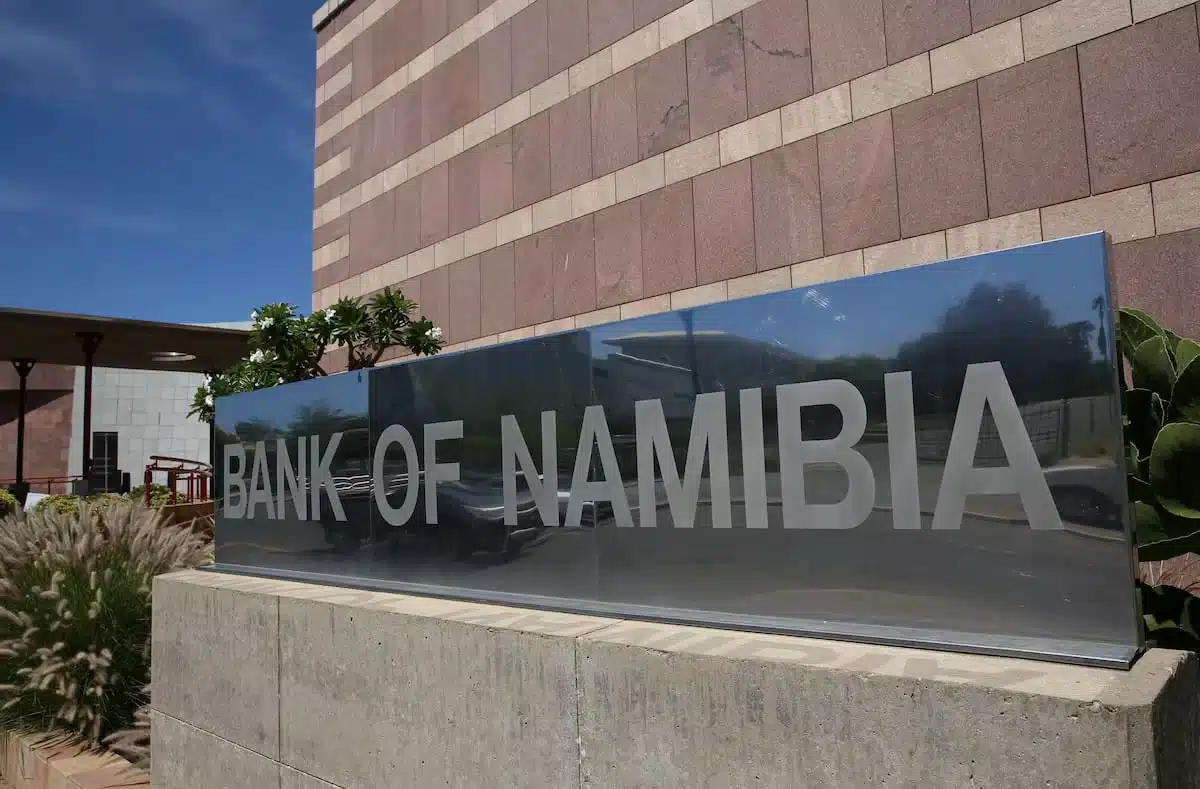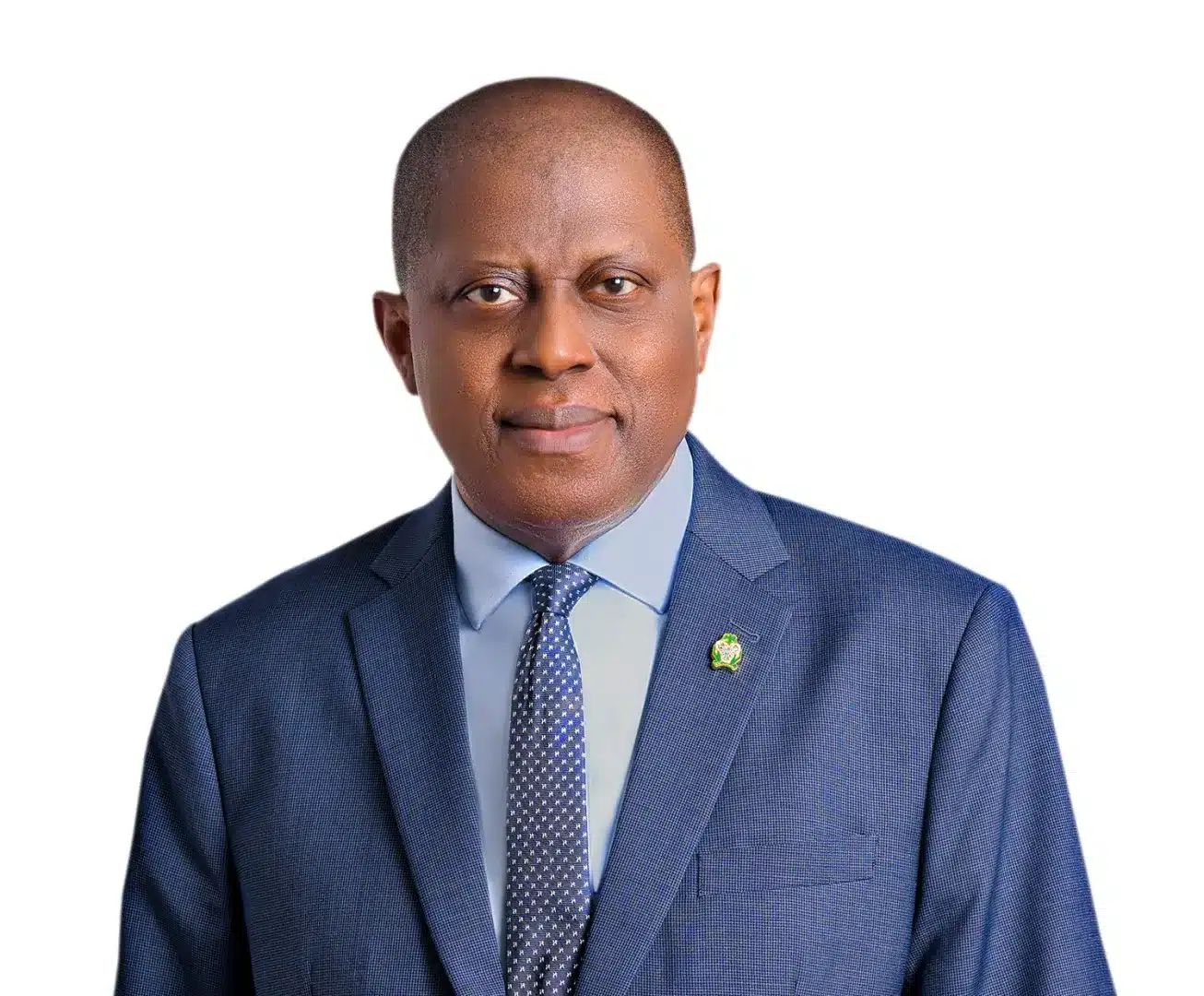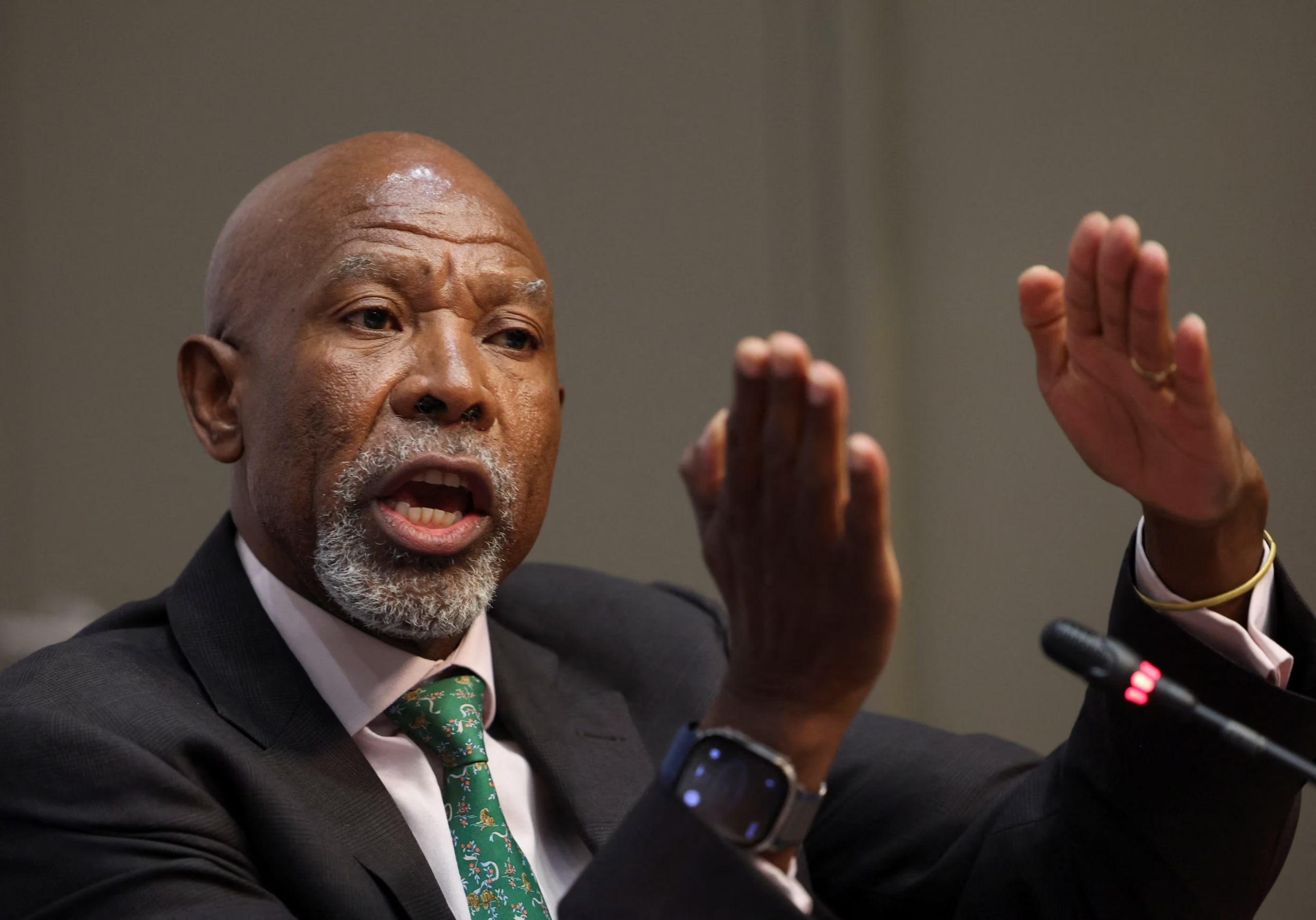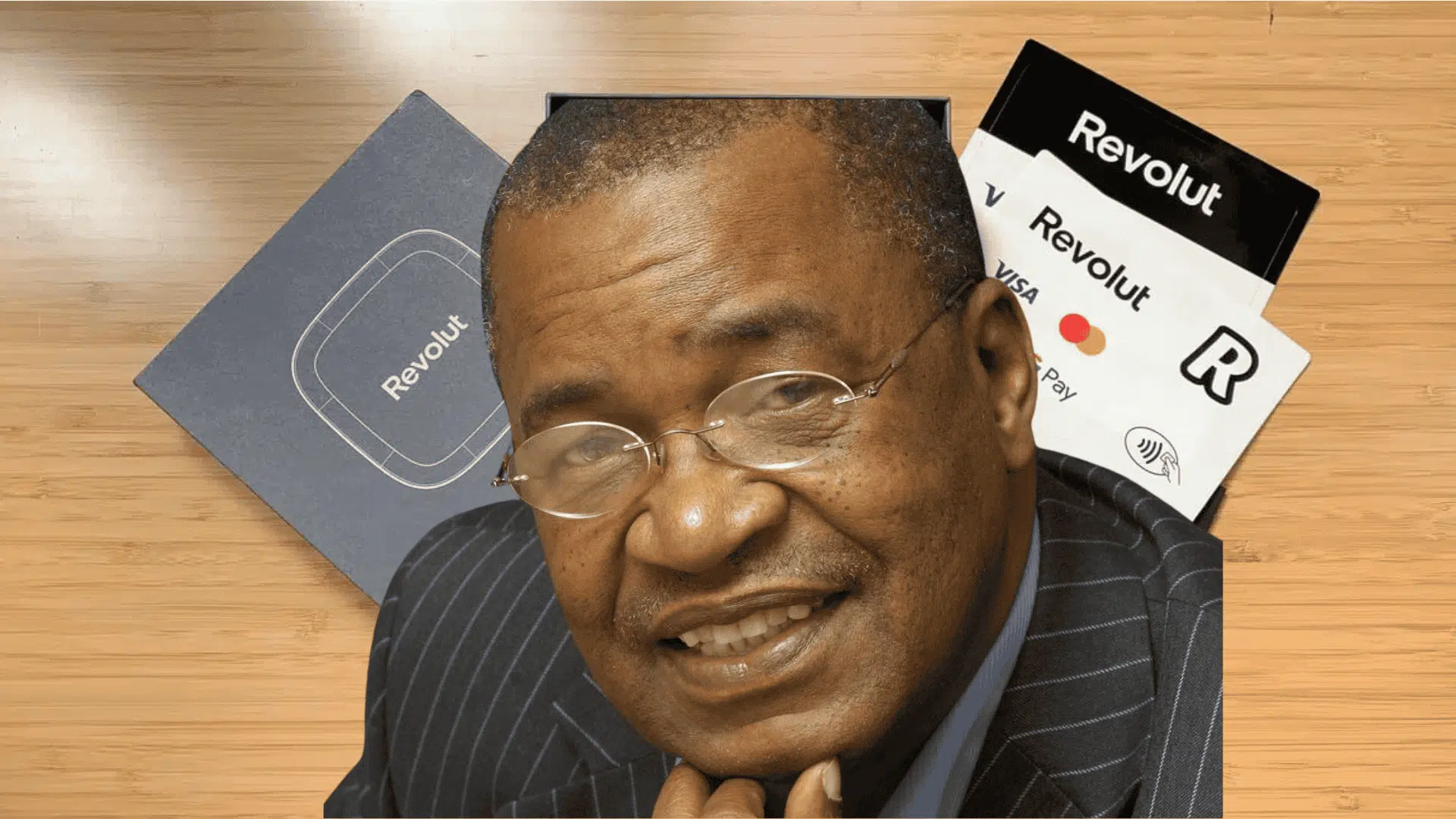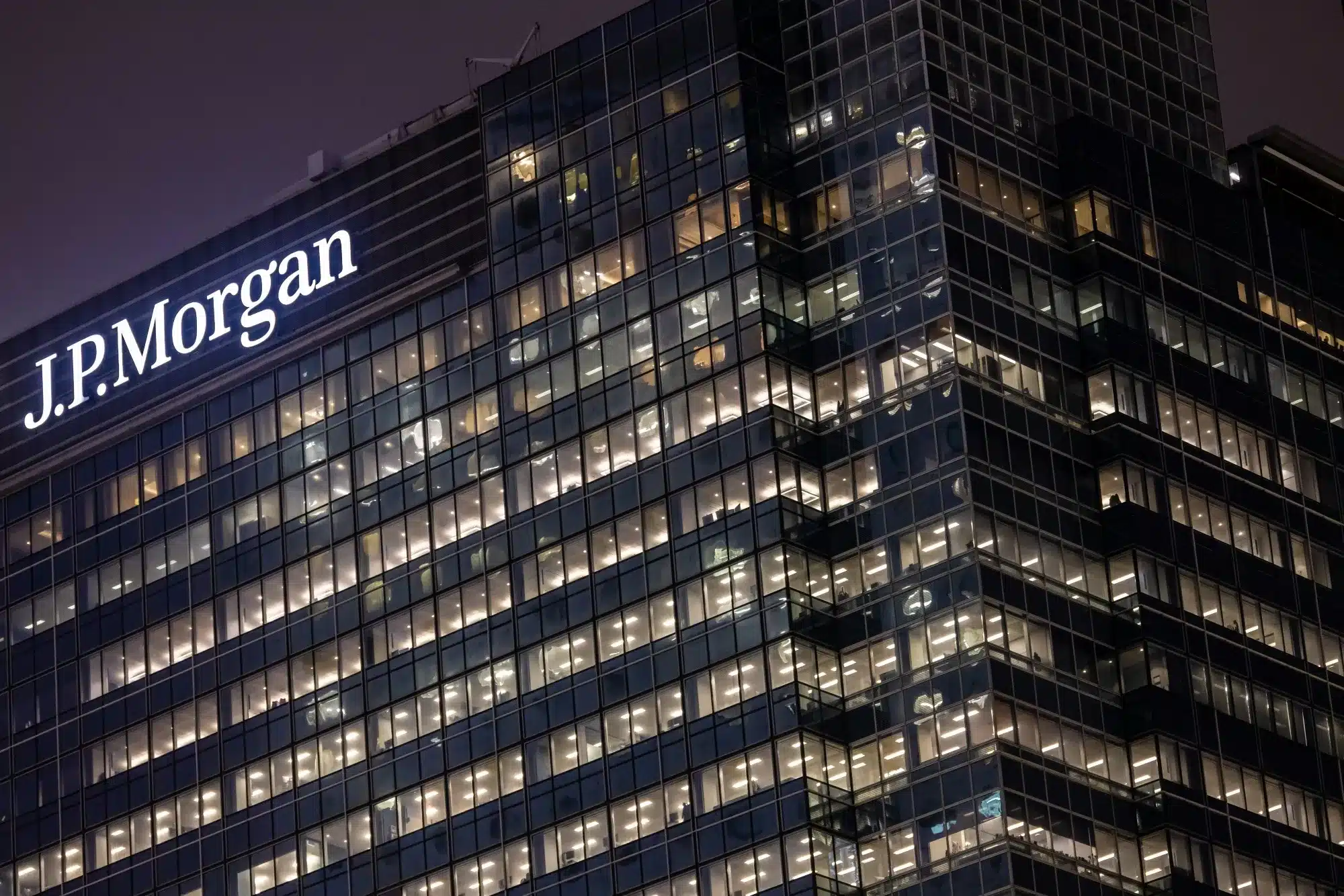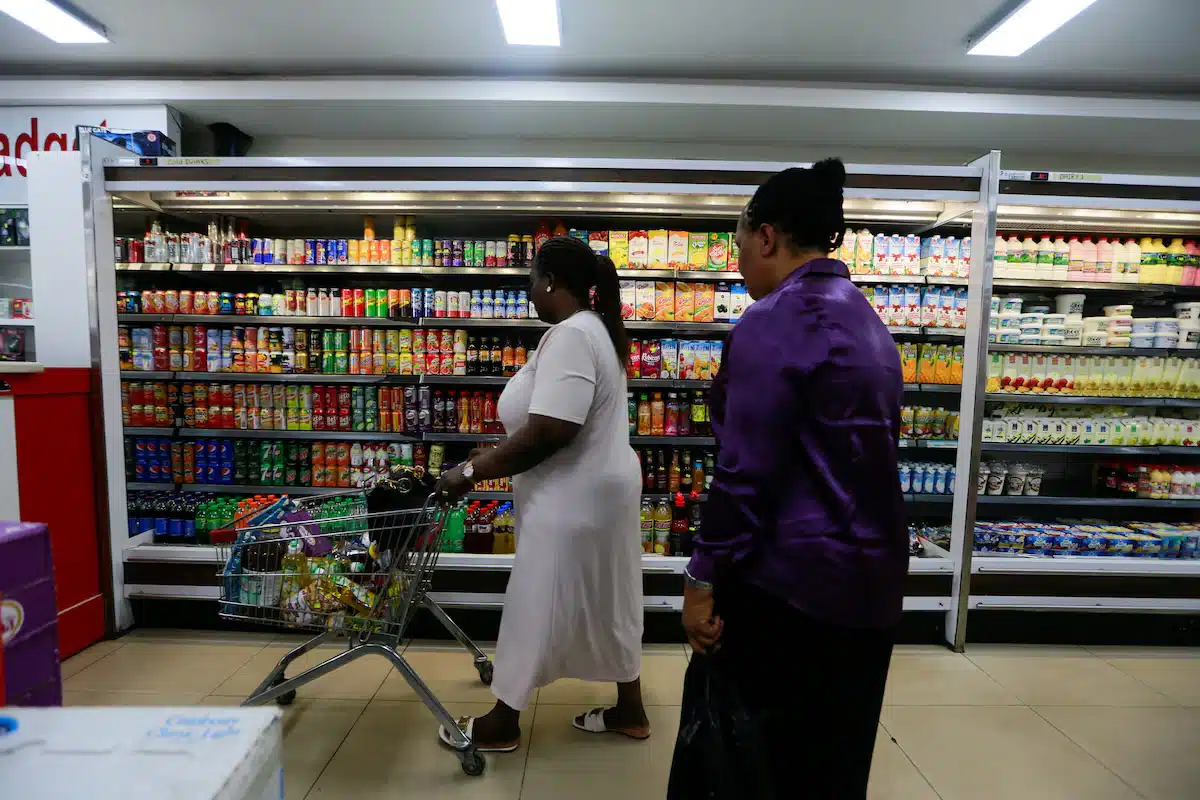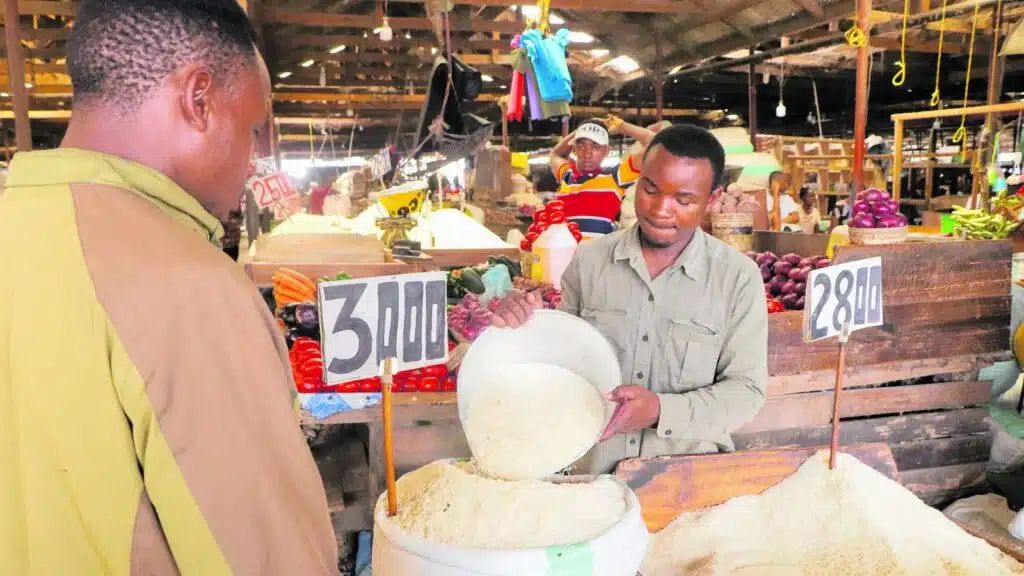The Bank of Namibia has reduced its repo rate by 25 basis points to 6.5% at its fifth Monetary Policy Committee (MPC) meeting for 2025, marking the second cut this year and the lowest level since October 2022.
The central bank said the move was intended to stimulate economic activity as inflation remained within target. Consumer prices have eased sharply from last year’s highs; however, erratic movements and a slight uptick in September point to persistent price pressures.
Inflation rose to 3.5% last month, from a seven-month low of 3.2% in August after two months of consecutive moderation, mainly driven by a rebound in transport costs and higher prices for rent and utilities.
Given the price risks, the MPC lowered its inflation projections for both 2025 and 2026 by 0.2 percentage points to 3.6% and 4%, respectively.
“This revision reflects a stronger exchange rate assumption and a downward revision to the oil price outlook,” said Johannes ǃGawaxab, BoN Governor, to reporters on Wednesday.
According to the country’s Central Bureau of Statistics, the Gross Domestic Product slowed to a post-pandemic low of 1.6% in the second quarter of 2025, down from 3.3% during the same period last year, underscoring softer growth in critical sectors such as manufacturing and agriculture.
“High-frequency indicators further corroborate this trend, suggesting that the pace of expansion in economic activity during the first eight months of 2025 has slowed compared to the same period in 2024,” !Gawaxab added.
The country’s foreign reserves have also remained under pressure, with proceeds narrowing to N$54.7 billion ($3.2 billion) as of the end of September from N$58.1 billion ($3.3 billion) recorded in July, reflecting higher imports, external debt payments and a stronger exchange rate.
Despite the decline, the apex bank said levels were adequate to preserve the currency peg between the local currency and the South African Rand and meet the country’s international financial obligations.
“The MPC was wary that a lowering of the repo rate would widen the gap between the domestic policy rate and that of the anchor country (South Africa) but was of the view that its magnitude falls within the boundaries where capital movements remain well-contained,” the governor said.
The remark comes as the Southern African country seeks to redeem its largest-ever Eurobond worth $750 million due to mature this month.
Assuring investors of its capacity to repay the loan, the finance ministry said three domestic lenders have been appointed to help raise $122 million. At the same time, the balance will be covered through other government resources.
“Overall, the eurobond 2025 redemption is on schedule, fully funded and firmly aligned with the government’s fiscal strategy,” Ericah Shafudah, the country’s Finance Minister, said last month, adding that the milestone reflects fiscal discipline and macroeconomic stability.
However, Moody’s Rating in its latest review warned that the country’s fiscal prospects will be challenged by slowing revenues from commodities and the Southern African Customs Union (SACU).
It said that the effectiveness of reforms in governance and fiscal management will be key to sustaining momentum.
Note: The local currency figures were converted to their estimated US dollar equivalent using N$17.3/$1 as of October 16, 2025.

